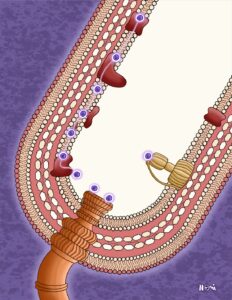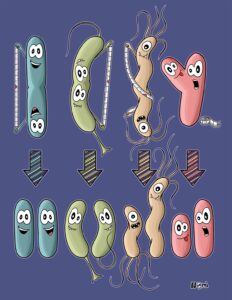
How bacteria gain energy from cellular respiration to fuel life
To gain energy, all organisms – including bacteria – need to break molecules apart to get their electrons. In bacteria, this process is called bacterial respiration. Here, we will look at where this energy is stored, what bacteria do with both the electrons and energy and how we use bacterial respiration for our own advantages.









